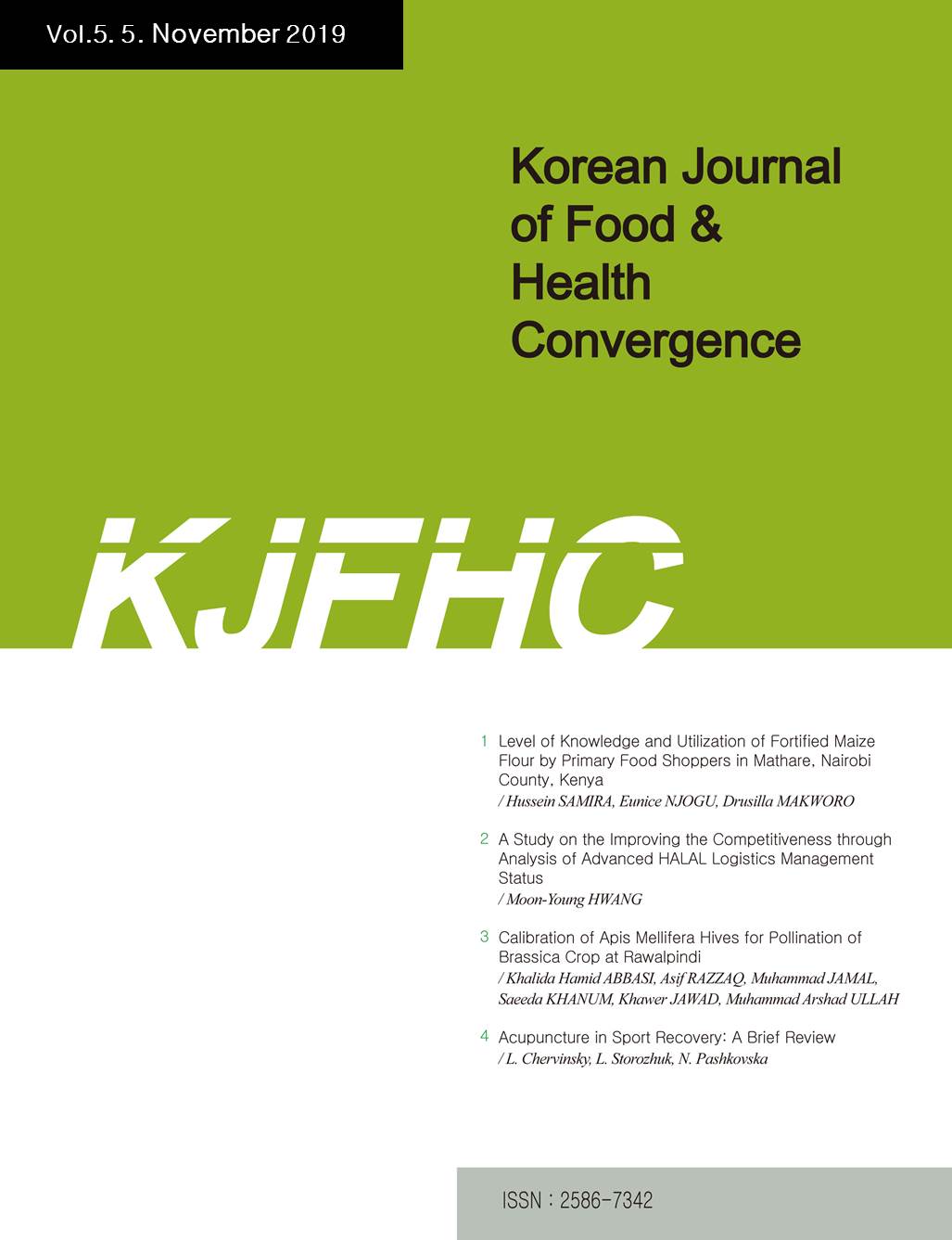 E-ISSN : 2586-7342
E-ISSN : 2586-7342
Vol.4 No.3
Abstract
In today's technological development of human society more and more influence on the lives of biological organisms different electromagnetic radiation. Therefore, the study and analysis of the mechanisms of their effects is an urgent task. The purpose of research - the study of the primary mechanisms of interaction of photons of optical radiation with the structures of biological objects, using the laws of quantum mechanics and biophysics. Photobiological basis of the mechanism of action of EMR optical range is the energy absorption of light quanta (photons) by atoms and molecules of biological structures (law Grotgus-Draper), which resulted in the formation of electronically excited states of these molecules with the transfer of photon energy (internal photoeffect). This is accompanied by electrolytic dissociation and ionization of biological molecules. The degree of manifestation of photobiological effects in the body depends on the intensity of the optical radiation, which is inversely proportional to the square of the distance from the source to the irradiated surface. Accordingly, in practice, determine not the intensity and irradiation dose at a certain distance from the source of exposure by the exposure time.
Abstract
In the Republic of Belarus as well as in the world acute problem of protecting forests from diseases and pests. The damage caused by root rot is essential, therefore, the problem of forest protection is an urgent task. The biologics has the greatest prospects in according with traditional methods of struggle. Deep method of cultivation of a mushroom Phlebiopsis gigantea with use of nutrient mediums on the basis of ethanol stillage and its components (fugat) is researched. Feasibility of use stillage as raw materials in production of a biological product for the wood protection against root decay is shown. The effect of different additives (sawdust, fodder yeast) on the accumulation of reactive biological product - oidy has been studed It was determined that the deep cultivation using sawdust of the highest accumulation oidy (1.5 <TEX>$10^6units/ml$</TEX>). It was also found that the stillage is the best breeding ground for fungus biomass accumulation (7.9 9.8 g / l) versus fugat (6.0 6.6 g / l). On the basis of research work the technological scheme for production of a biological product were developed. Based on the conducted studies, a technological scheme was proposed for obtaining a biological preparation by deep cultivation of the fungus Phlebiopsis gigantea.
Abstract
This research was conducted at agric physical lab, Department of Animal science, Faculty of Agriculture to determines the effects of marinating spent layer meat with basil leaf paste on drip loss and sensory attributes under different post mortem conditions. In the light of this, the poultry industry is obliged to continuously grow for a steady supply of quality poultry meat. Marinating the spent layer hen's meat with fresh basil leaves (Ocimum basilicum) in addition to subjecting the meat to 0, 6, 12, and at 24 hours post mortem aging before cooking increased it's organoleptic attributes which was readily acceptable to consumers. Marination of meat with herbs or spices like basil leaves paste had enhanced consumer's preference for taste, texture aroma, colour and overall acceptance. Marination improved consumer acceptance of spent layer meat irrespective of parts and post mortem aging. However, the majority of the respondents preferred meat marinated and subjected to 12 hours of post mortem aging. It is recommended that more quantity of marinate should be added further studies should in order to determine more effect of fresh basil leaves rough paste. And more hours of postmortem aging should be increased in order to determine more effect of fresh basil leaves rough paste marinate.
Abstract
In this present work, the amounts of toxic elements were determined in the soft tissues of mollusks (Mytilus galloprovincialis and Rapana venosa) collected from Igneada shores of the Black Sea where suggested as Marine Protection Area (MPA). M. galloprovincialis accumulated the highest amounts of Cd in winter, while the highest amounts of Cd and Hg were detected in R. venosa in winter and autumn. The concentrations of toxic elements found in the soft tissues of mollusks varied for Cd: 0.07-0.14, Hg: 0.03-0.44 and Pb: 0.09-0.21 mg/g dry wt. The estimated levels of all non-essential metals in the present work were lower than the limits permitted by European Community Regulation (EU) and the Turkish Food Codex (TFC). The estimated weekly intakes (EWI) and daily intakes (EDI) of all the through consumption of these seafood by Turkish people in the Igneada coasts of the Black Sea were quite below the permissible tolerable weekly/daily intakes for 70 kg person (PTWI / PTDI) set by FAO/WHO. As results, it can be concluded that no hazard effects on people health would be raised at present from the consumption of these mollusks' species.
